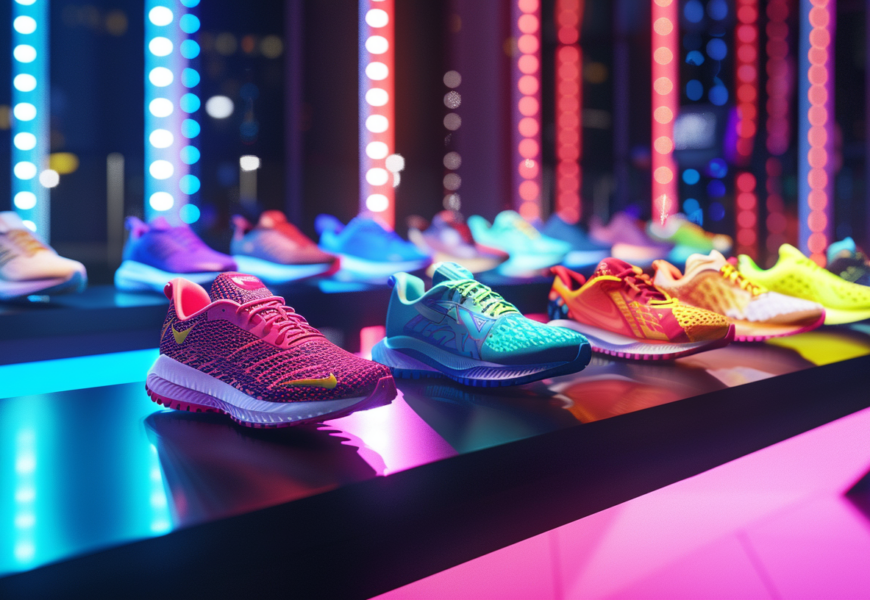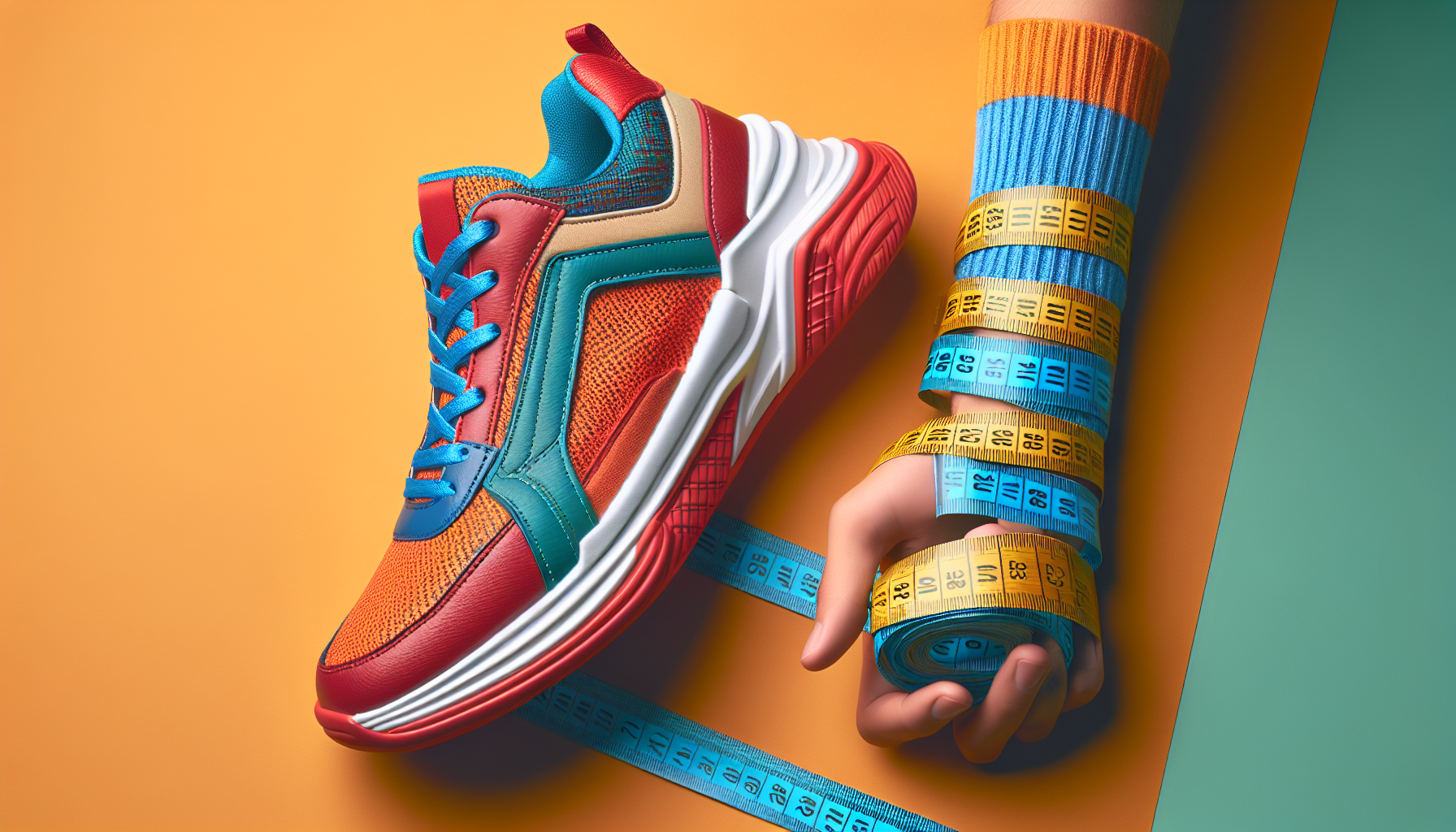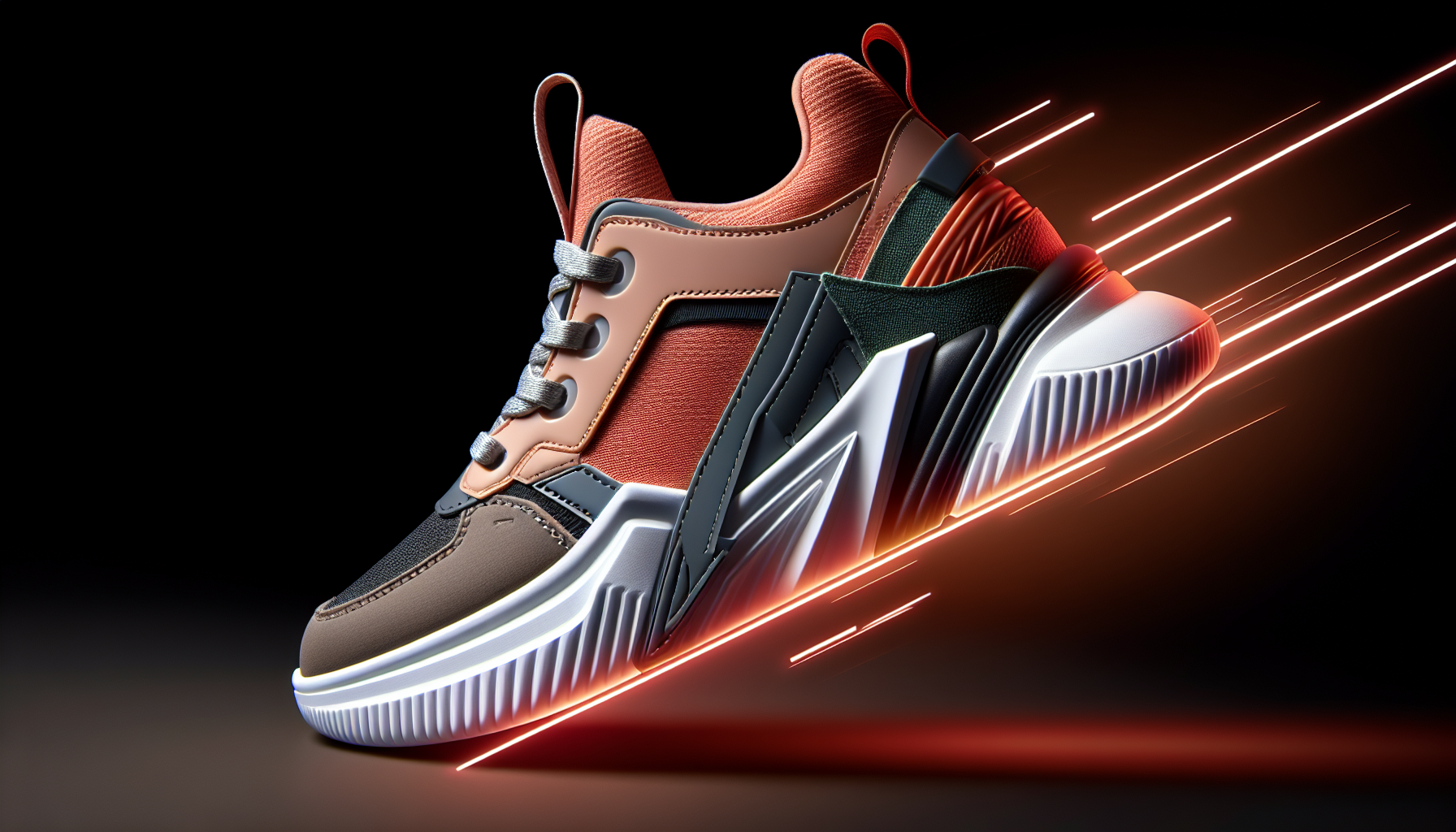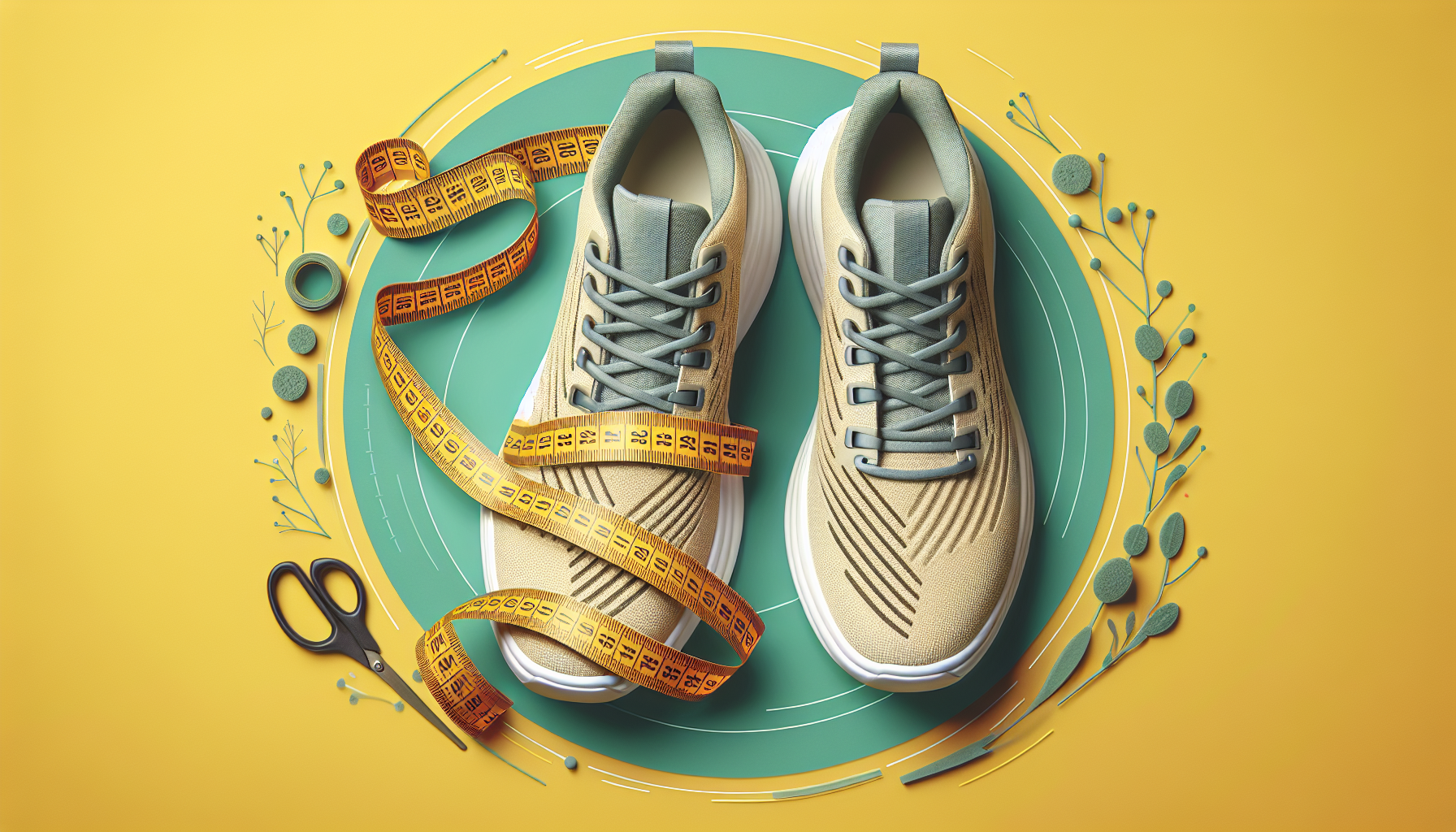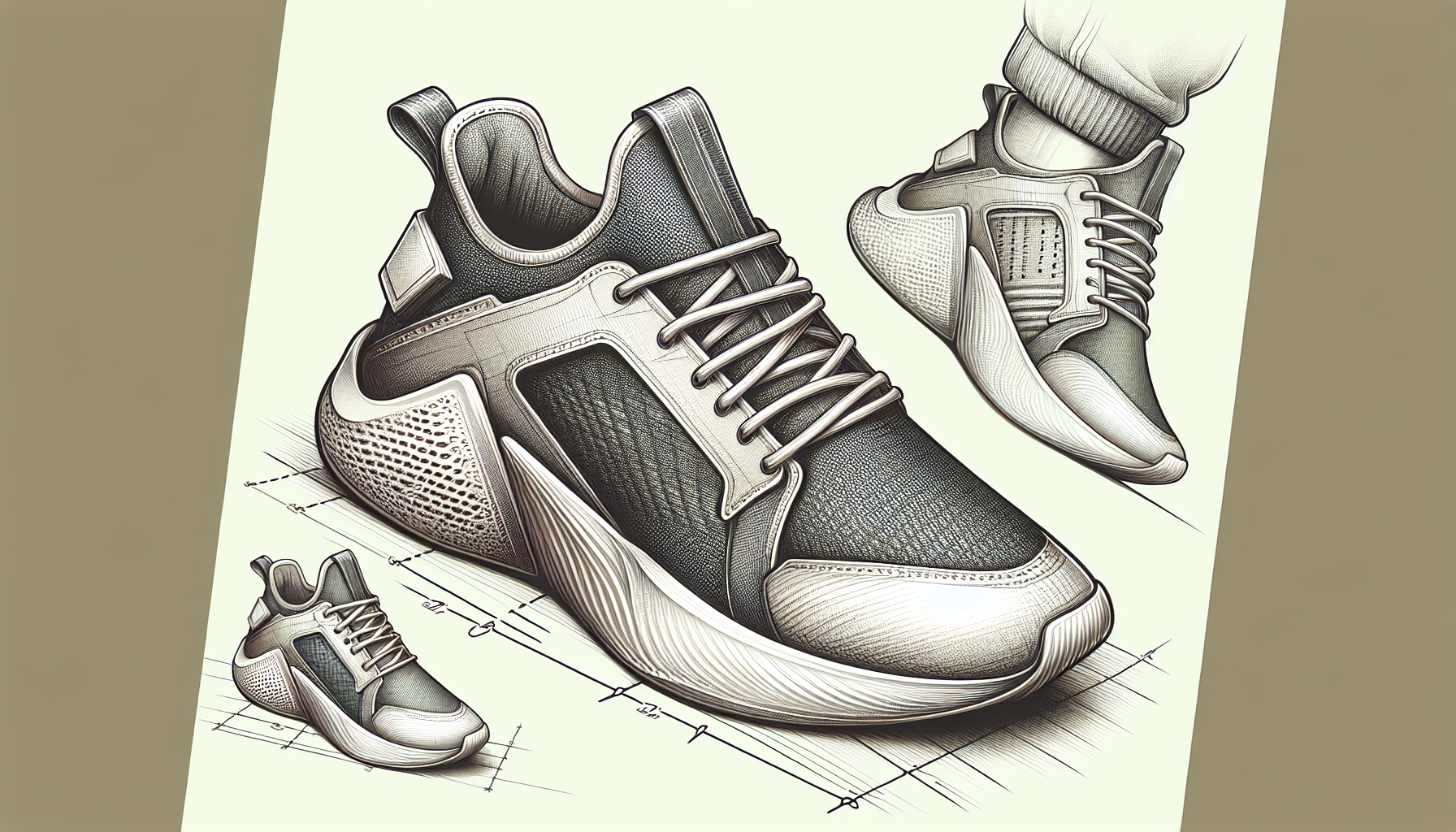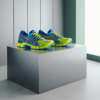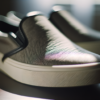Whether you’re a seasoned marathoner or just lacing up for your first run, choosing the right running sneakers can make a profound difference in your performance and overall running experience. With 2024 rolling in, the running shoe market has seen innovative advancements, making it even more essential to understand what to look for. In this comprehensive guide, we’ll break down everything you need to know to select the perfect pair of running sneakers tailored to your needs.
Why the Right Running Sneakers Matter
Running puts significant stress on your feet, ankles, and knees. Having the right running sneakers not only enhances your performance but also minimizes the risk of injuries such as shin splints, plantar fasciitis, and stress fractures. The correct footwear offers the right balance of cushioning, support, and flexibility aligned with your running style and foot structure.
Understanding Your Foot Type
Before diving into the myriad of running sneakers available, it’s crucial to understand your foot type. Most feet fall into three categories: neutral, flat, and high-arched. Here’s a brief rundown on identifying and understanding your foot type:
- Neutral Feet: A perfect balance where the foot’s arch is neither too high nor too low. Runners with neutral feet have an efficient gait cycle and can usually wear a wide variety of running sneakers.
- Flat Feet: This condition, also known as overpronation, occurs when the arch collapses inward. Those with flat feet require sneakers that offer extra support and stability to prevent undue stress on the knees and ankles.
- High-Arched Feet: Underpronation or supination occurs when the foot arch is too high, causing the outer edge of the foot to take on most of the impact. High-arched feet need sneakers with ample cushioning to absorb shock.
Key Features of the Right Running Sneakers
When choosing running sneakers, there are several features you should consider to ensure you get the best fit and support:
- Cushioning: This provides shock absorption, reducing the impact on your joints. The amount of cushioning you need varies depending on your foot type and personal preference.
- Support: Essential for stability, especially for those with flat feet or overpronators. Look for sneakers with motion control and medial post features if you need extra support.
- Fit: A good fit minimizes the risk of blisters and other foot injuries. Ensure there’s ample space in the toe box, and the heel fits snugly without slipping.
- Weight: Lightweight sneakers are beneficial for speed and performance. However, heavier sneakers often provide more support and durability.
- Durability: High-quality materials ensure your sneakers last longer. Pay attention to the outsole’s material as it needs to withstand various surfaces.
- Traction: Depending on whether you run on roads, trails, or tracks, the sneaker’s sole should offer the appropriate grip.
Conducting a Gait Analysis
A gait analysis is an assessment of how you walk or run. Many specialty running stores offer this service for free. A professional will watch you run and determine whether you overpronate, underpronate, or have a neutral gait. This analysis is invaluable in choosing the right sneaker, as it identifies your specific needs and prevents future injuries.
Trying on Running Sneakers
When trying on running sneakers, keep the following tips in mind to ensure a perfect fit:
- End of Day: Feet tend to swell throughout the day, so trying on sneakers in the evening gives a more accurate fit.
- Running Socks: Wear the socks you usually run in when trying on sneakers to ensure a consistent fit.
- Test Run: If possible, take a short run or jog within the store or treadmill test to get a real feel of the sneakers.
- Proper Space: Ensure there’s a thumb’s width distance between your longest toe and the end of the sneaker.
Types of Running Sneakers
Different types of running scenarios require specific sneakers. Here’s a breakdown of various types of running sneakers available:
- Road Running Sneakers: Designed for pavement and occasional hard-packed surfaces. They are lightweight, flexible, and often feature a smooth tread.
- Trail Running Sneakers: These have aggressive tread patterns for better grip and provide more substantial support and protection against rugged terrain.
- Track Running Sneakers: Lightweight with a minimalistic design, these are generally used for speed work or racing.
- Stability Sneakers: Offer additional support for overpronators, featuring dual-density foam and stability posts.
- Motion Control Sneakers: These are designed for runners with severe overpronation, providing maximum support and reinforcing foot motion for better alignment.
- Cushioned Sneakers: Ideal for underpronators or those with high arches, featuring extra padding to absorb impact.
Top Running Sneaker Brands in 2024
As we move through 2024, certain sneaker brands continue to excel in the running world, offering innovations and superior quality. Here are some top brands to consider:
- Nike: Known for cutting-edge technology and a wide range of options for different types of runners.
- Adidas: Featuring Boost technology for excellent energy return and comfort.
- Asics: Famous for its Gel cushioning system, offering great shock absorption.
- Brooks: Provides reliable, high-performance running sneakers with a focus on comfort and support.
- New Balance: Offers a variety of sizes and widths, catering to all foot shapes and sizes.
- Saucony: Known for its proprietary cushioning technology and durable sneaker designs.
- Hoka One One: Features maximalist cushioning, ideal for long-distance runners seeking comfort.
Maintenance Tips for Running Sneakers
To extend the life of your running sneakers and ensure optimal performance, follow these maintenance tips:
- Rotate Pairs: If you run frequently, rotating between two pairs of sneakers allows them to air out and the cushioning to recover.
- Air Dry: After running in wet conditions, remove the insoles and let your sneakers air dry. Avoid direct heat as it can damage the materials.
- Clean Regularly: Wipe your sneakers clean with a damp cloth and mild detergent to remove dirt and grime.
- Replace Insoles: Over time, insoles lose their cushioning. Replacing them can add extra life to your sneakers.
- Track Mileage: Running sneakers typically last 300-500 miles. Keeping track helps you know when it’s time for a replacement.
Budget Considerations
Budget plays a significant role in choosing running sneakers. High-quality sneakers can range from $100 to $250. While it might be tempting to opt for cheaper alternatives, investing in a good pair reduces long-term costs associated with injuries and discomfort. Look out for sales, previous year models, or discounts at specialty stores and online retailers.
Environmental and Ethical Choices
Many brands are now focusing on sustainability and ethical production practices. If this is important to you, research brands that use recycled materials, environmentally friendly manufacturing processes, and ethical labor practices. Brands like Veja and Allbirds are renowned for their commitment to these values.
Final Thoughts
Choosing the right running sneakers in 2024 involves a thoughtful decision-making process considering your foot type, running style, and individual preferences. By understanding the various features, getting a professional gait analysis, trying on different pairs, and considering top-rated brands, you can find the perfect pair that enhances your running experience, provides comfort, and minimizes the risk of injury. Remember, the right running sneakers are not just an accessory; they are a crucial component of your running journey, paving the way for many enjoyable and injury-free miles ahead. Happy running!

